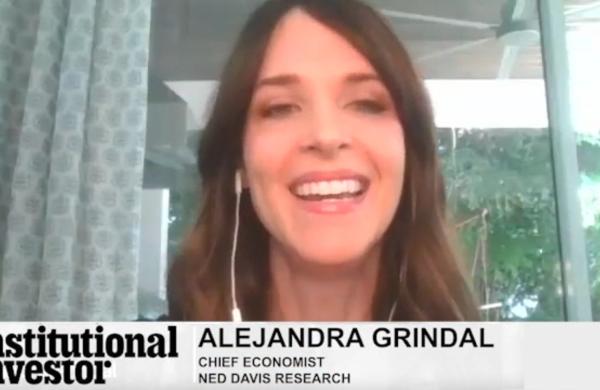While many investors were focusing on the turmoil in the U.S. over the government shutdown, foreign exchange strategists were fighting a side skirmish over the future course of the pound sterling. Although most forex strategists concurred that the U.K. currency has had a terrific run this year, they can’t agree on whether it will have legs to continue.
The pound gathered strength in the third quarter on the back of an improving U.K. economy. Britain’s Office for National Statistics reported on October 15 that national unemployment fell 0.1 percentage point in August, to 7.7 percent. That led analysts to conclude that the Bank of England might boost the benchmark interest rate, now at 0.5 percent, sooner than expected. Any increase in interest rates tends to make currencies more attractive to foreign investors looking for yield.
Also, Britain’s services sector, which accounts for more than 75 percent of the country’s economic activity, grew at its fastest rate in 16 years during the third quarter. On the other hand, a worry is that a rise in sterling against the euro might torpedo an export-led recovery because euroland is the U.K.’s largest trading partner.
Britain’s growth prospects have a number of analysts bullish on the currency. “We’re still positive on sterling,” says Manuel Oliveri, forex strategist at Crédit Agricole Corporate and Investment Bank in London. “Forward-looking indicators are pointing to further improvement in the prospects for the U.K.”
Oliveri says the key indicator is the relationship between the trade-weighted currency and inflation expectations because, historically, as a currency grows stronger, inflation is dampened. But he notes that the pound has climbed with inflation expectations, as measured by forward break-even rates, which have been rising since June. (These rates are the yield difference between standard U.K. government bonds, or gilts, and index-linked gilts.) This suggests that the BoE is unlikely to become more dovish in its outlook and may raise interest rates. “The U.K. is attracting capital inflows and business investments based on improving business expectations and a still relatively cheap currency,” says Oliveri, who expects a 2 to 3 percent rise in the value of sterling by year-end.
According to statistics compiled by the U.S. Commodity Futures Trading Commission, speculators have built up a net long position in sterling and cut their longs in dollars.
Another bull in support of the pound is Geoffrey Yu, a London-based currency strategist at UBS. Although Yu expects a slight decline in sterling against the dollar by the end of the year, he believes it will strengthen against the euro, the Swiss franc and the yen.
“If you look at investment on a relative basis as opposed to an absolute basis, the U.K. has done much better than the U.S. or the euro zone,” Yu says. For example, the London property price index is up 7 percent on an annual basis. “Everything adds up to more than offset negatives such as the current account deficit,” asserts Yu. That deficit was a wider-than-expected £13 billion ($20 billion) in the second quarter.
Yu says there are no signs yet that the currency is so strong that the overall economy has begun to suffer. “A lot of the good news is priced in, but the U.K. is coming up from such a low base that we’re looking for some good entry levels, especially against the euro.”
However, there’s no shortage of naysayers in London. Looking at the same data as Yu and Oliveri, Steven Saywell, global head of foreign exchange strategy at BNP Paribas, says sterling has hit a wall after a remarkable tear in 2013.
“Our view is that this is as good as it gets,” Saywell said as sterling topped 1.61 to the dollar in early October. The currency had climbed from 1.50 in May, a rise of more than 7 percent and one of the best performances of the year. “In the near term, we think sterling will be the weakest [Group of Ten] currency because it has risen so high,” Saywell added.
Even with the dollar under pressure thanks to the political logjam in Washington, Saywell thinks sterling is vulnerable to any bad news, such as weaker economic data. The economic picture has been mixed in recent weeks. Britain reported that construction output fell 0.1 percent in August after a 2.8 percent rise the previous month. Production from U.K. factories declined in August too, and retail spending slid in September.
In its semiannual World Economic Outlook last month, the International Monetary Fund gave the U.K. economy a brighter forecast than any other major European country. The IMF said it expects GDP to grow 1.4 percent this year and 1.9 percent in 2014.
The question for forex traders is how that rosy outlook translates into sterling strength. The consensus appears to be short-term weakness but potentially longer-term appreciation against the greenback, the yen, the euro and the Swissie because of higher growth prospects and the likelihood that the BoE will hike interest rates before the U.S. Federal Reserve Board or the European Central Bank. • •
Read more about foreign exchange.






